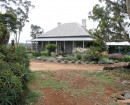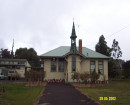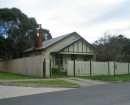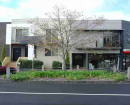MELBOURNE UNIVERSITY BOAT CLUB SHED
BOATHOUSE DRIVE MELBOURNE, MELBOURNE CITY
-
Add to tour
You must log in to do that.
-
Share
-
Shortlist place
You must log in to do that.
- Download report
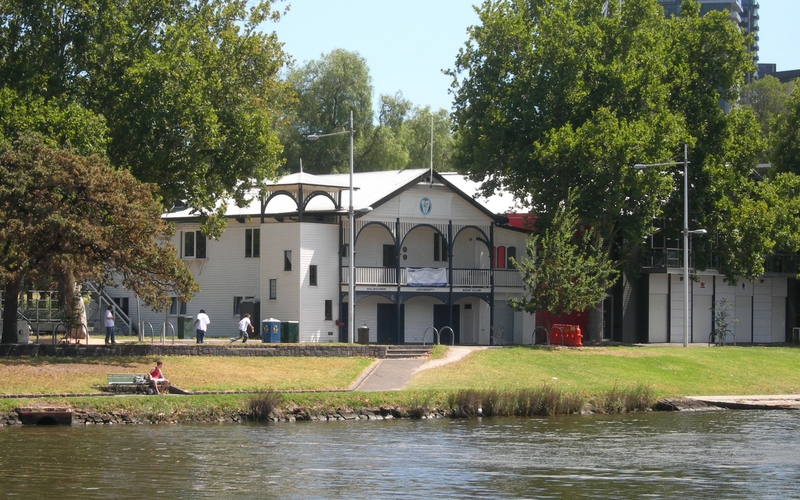

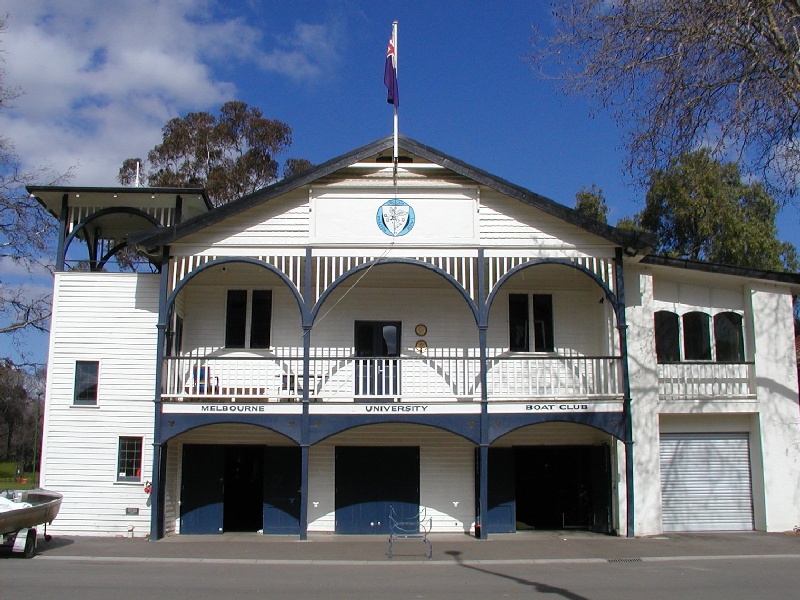

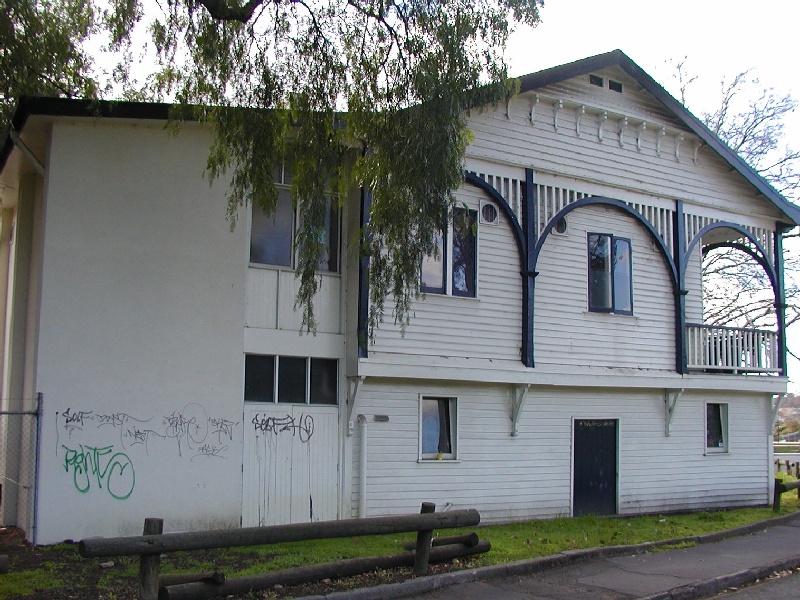
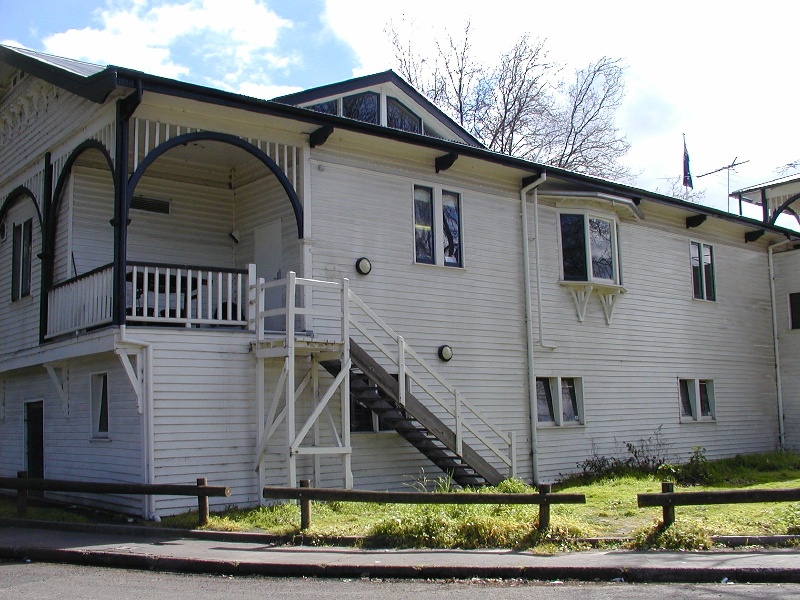

Statement of Significance
What is significant?
The Melbourne University Boat Club Shed is a two-storey weatherboard building designed by A S Eggleston and opened in 1908, coinciding with the 50th anniversary of the forming of the University Boat Club. Professor Martin Irving, the founder of the club, had rowed for Oxford University in England. The opening ceremony was performed by Professor William Kernot. The shed was built by R T James at a cost of 785 pounds. The club had previously been accommodated at Fuller and Jerram’s shed for the previous fifty years. The fleet of boats houses at the shed in 1909 composed 9 eights, 5 fours, 4 pairs and a sculling boat. The original building measured 20.7 metres by 10.7 metres and was constructed of oregon studs and jarrah weatherboards. A small hipped-roof belvedere stands on the north-east corner, overlooking the river. The ground floor is used for the storage of boats and equipment and the first floor as club rooms, showers and toilets. There are recessed verandahs at both ends. The verandahs are composed of three bays with a very simple triple arched valance with plain lattice pattern balusters on the first floor. The southern verandah has stilted segmental arches on the ground floor. The roof of the small lookout tower on the north east corner has similar detailing. The south verandah has been partially enclosed. A concrete block addition was built to the west facade in 1978.
How is it significant?
The Melbourne University Boat Club Shed is of historical significance to the State of Victoria.
Why is it significant?
The Melbourne University Boat Club Shed is historically significant for its associations with the University Boat Club, the oldest rowing club in Australia. It is also associated with many of Victoria's and Australia's best rowers. The shed is a rare example of a substantial early twentieth century Rowing Club building, and is picturesquely designed to complement the river setting.
-
-
MELBOURNE UNIVERSITY BOAT CLUB SHED - History
History of Place:
Throughout its history the MUBC has taken a major part in Australian rowing. It has dominated the Intervarsity Rowing Championships with the most wins in the Oxford and Cambridge Cup for the men's eights. The Intervarsity Championships is one of the oldest established sporting events in Australia. In 1896 the trophy was provided for the race by Oxford and Cambridge "Blues" as a perpetual trophy for the men's eights. Intercollegiate rowing also has its own long history and tradition, starting with a four-oared race in 1881 between Trinity and Ormond. The inter-Collegiate contest has been held every year except during the two world wars.
(melbourne University Boat Club Renovation and Extension Proposal, Fooks Martin Sandow Pty, 1998)MELBOURNE UNIVERSITY BOAT CLUB SHED - Permit Exemptions
General Exemptions:General exemptions apply to all places and objects included in the Victorian Heritage Register (VHR). General exemptions have been designed to allow everyday activities, maintenance and changes to your property, which don’t harm its cultural heritage significance, to proceed without the need to obtain approvals under the Heritage Act 2017.Places of worship: In some circumstances, you can alter a place of worship to accommodate religious practices without a permit, but you must notify the Executive Director of Heritage Victoria before you start the works or activities at least 20 business days before the works or activities are to commence.Subdivision/consolidation: Permit exemptions exist for some subdivisions and consolidations. If the subdivision or consolidation is in accordance with a planning permit granted under Part 4 of the Planning and Environment Act 1987 and the application for the planning permit was referred to the Executive Director of Heritage Victoria as a determining referral authority, a permit is not required.Specific exemptions may also apply to your registered place or object. If applicable, these are listed below. Specific exemptions are tailored to the conservation and management needs of an individual registered place or object and set out works and activities that are exempt from the requirements of a permit. Specific exemptions prevail if they conflict with general exemptions. Find out more about heritage permit exemptions here.
-
-
-
-
-
RESIDENCE
 Victorian Heritage Register H0513
Victorian Heritage Register H0513 -
RESIDENCE
 Victorian Heritage Register H0514
Victorian Heritage Register H0514 -
FORMER LONDON CHARTERED BANK
 Victorian Heritage Register H0022
Victorian Heritage Register H0022
-
"1890"
 Yarra City
Yarra City -
"AMF Officers" Shed
 Moorabool Shire
Moorabool Shire -
"AQUA PROFONDA" SIGN, FITZROY POOL
 Victorian Heritage Register H1687
Victorian Heritage Register H1687
-
'Aqua Profonda' sign wall sign, Fitzroy Swimming Pool
 Yarra City H1687
Yarra City H1687 -
'DRIFFVILLE'
 Boroondara City
Boroondara City -
1) WEATHERBOARD FARM HOUSE AND 2) THE OUTBUILDINGS
 Nillumbik Shire
Nillumbik Shire
-
-









